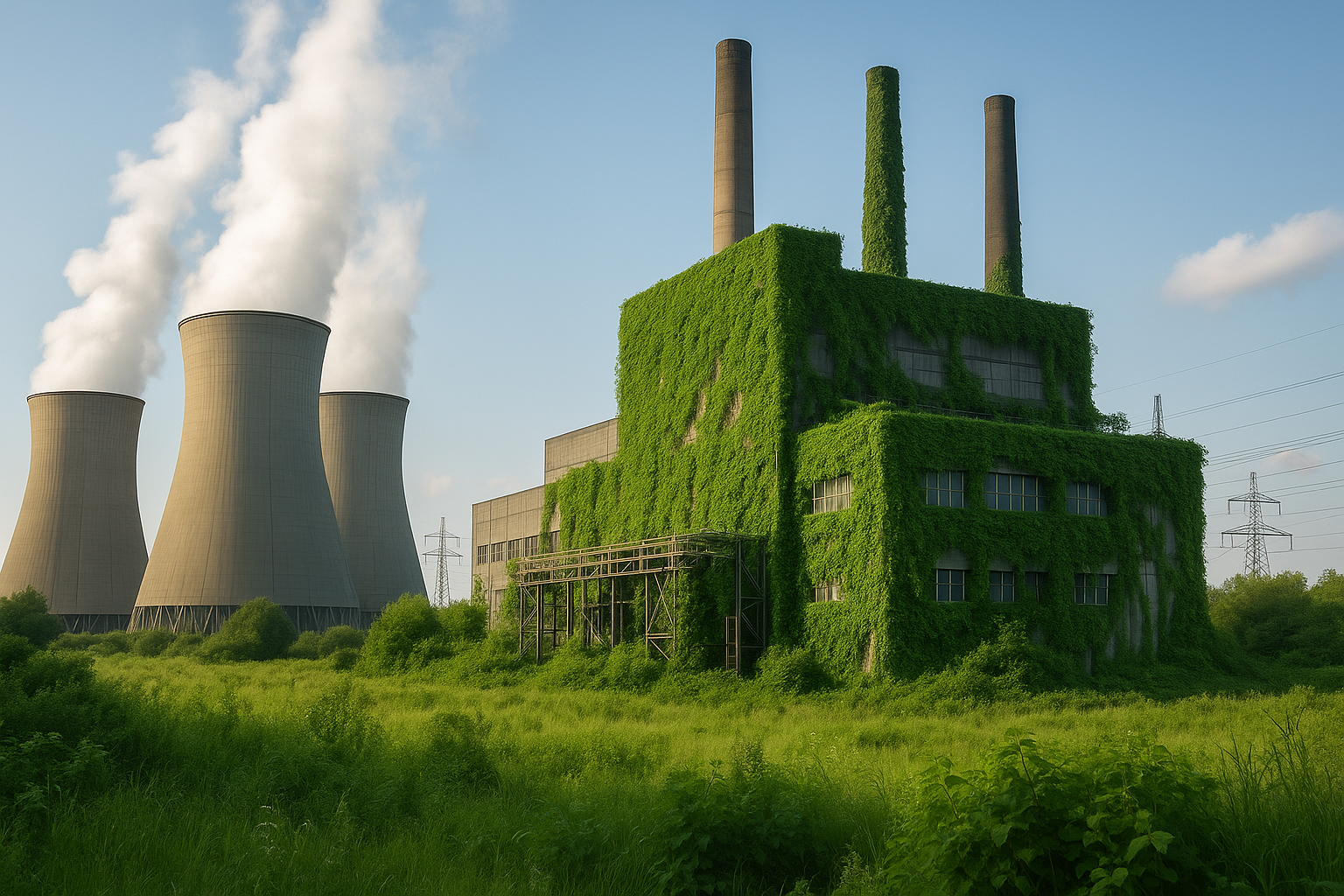Why Clean Energy Needs AI
Renewable energy is essential, but it’s unpredictable. Solar and wind depend on the weather. The grid needs balance—too much or too little energy creates instability. Artificial intelligence helps manage this complexity. It’s not hype, it’s math. Algorithms crunch data to forecast energy supply, optimize usage, and reduce waste. That means fewer emissions, better planning, and more reliable power.

AI and Renewable Energy Forecasting
Forecasting is critical. If a wind farm overproduces or underdelivers, it stresses the grid. AI models like deep neural networks analyze weather data, satellite images, and historical patterns to predict solar and wind output more accurately than traditional models. Companies like Google DeepMind have used AI to increase the value of wind energy by predicting output 36 hours in advance. That leads to better bidding into energy markets.
Other startups, such as Enspired, use AI to optimize energy trading and monetization strategies. This turns variability into a strength.
Smarter Grids with Machine Learning
The electric grid is evolving. Traditional grids are centralized. Clean energy introduces decentralization—solar panels on homes, wind farms in remote areas, electric vehicles as mobile batteries. Machine learning helps manage this complexity in real time. AI monitors usage patterns, predicts demand spikes, and adjusts flow accordingly.

Projects like NREL’s Advanced Research on Integrated Energy Systems use AI to simulate and test large-scale grid scenarios, combining real-world data with machine learning models. This reduces blackout risks and improves energy efficiency.
AI Optimizing Energy Storage
Batteries store energy when supply exceeds demand. But managing when to charge or discharge isn’t simple. AI uses predictive analytics to optimize battery behavior. For example, AutoGrid applies real-time AI to control distributed energy resources, including batteries, home solar systems, and industrial loads.
As battery costs drop, intelligent control becomes more important than hardware upgrades. Machine learning helps extract the most value from existing storage infrastructure.
Reducing Carbon Footprints in Industry
AI helps businesses cut carbon. Microsoft and ClimateView collaborate on city-wide decarbonization planning. Industrial sectors use AI to monitor energy usage, identify waste, and improve production efficiency. Google’s data centers cut cooling energy by 40% using DeepMind AI. That’s significant—not just for costs, but for emissions.
Computer Vision for Maintenance and Safety
AI doesn’t only optimize energy flow. It also helps maintain physical infrastructure. Computer vision detects defects in solar panels and wind turbines using drones. AI analyzes footage to flag cracks, wear, or alignment issues—without shutting things down. Companies like Clobotics and Scalen automate inspections, reducing downtime and extending asset lifespan.

Data-Driven Energy Efficiency for Homes
Smart thermostats like Google Nest and Ecobee use AI to learn user preferences and local weather. They automatically reduce energy use without sacrificing comfort. These systems adapt and improve over time. That means lower bills and a smaller carbon footprint.
Beyond thermostats, platforms like Bidgely disaggregate home energy data to show what appliances consume the most power. Armed with insight, users make smarter energy choices.
AI in Energy Policy and Urban Planning
Energy policy can be reactive or predictive. With AI, it’s increasingly the latter. Governments use AI modeling to test the impact of new regulations or investment strategies. AI simulations evaluate long-term outcomes based on real-world data, offering clarity on emissions targets and infrastructure needs.
Urban planning also benefits. Tools like Sidewalk Labs model transportation, solar potential, and district energy systems across neighborhoods, helping cities grow sustainably.
Challenges and Risks
Not every use of AI is positive. There are concerns about energy use in training large AI models. There are also issues around transparency—how decisions are made, who controls the models, and potential biases in the data. Regulation is catching up slowly. The promise is there, but governance matters.
What’s Next for AI and Clean Energy?
The combination of AI and clean energy is moving fast. Decentralized grids, AI-optimized microgrids, and adaptive pricing models are just the beginning. As sensors improve and data grows, AI will become more accurate and essential.
The trend is clear: energy systems will get smarter, more efficient, and more resilient. AI won’t solve the climate crisis on its own—but it helps. And right now, that’s what we need.
Sources include: NREL.gov, DeepMind, AutoGrid, IEA, and other clean tech companies mentioned above.







